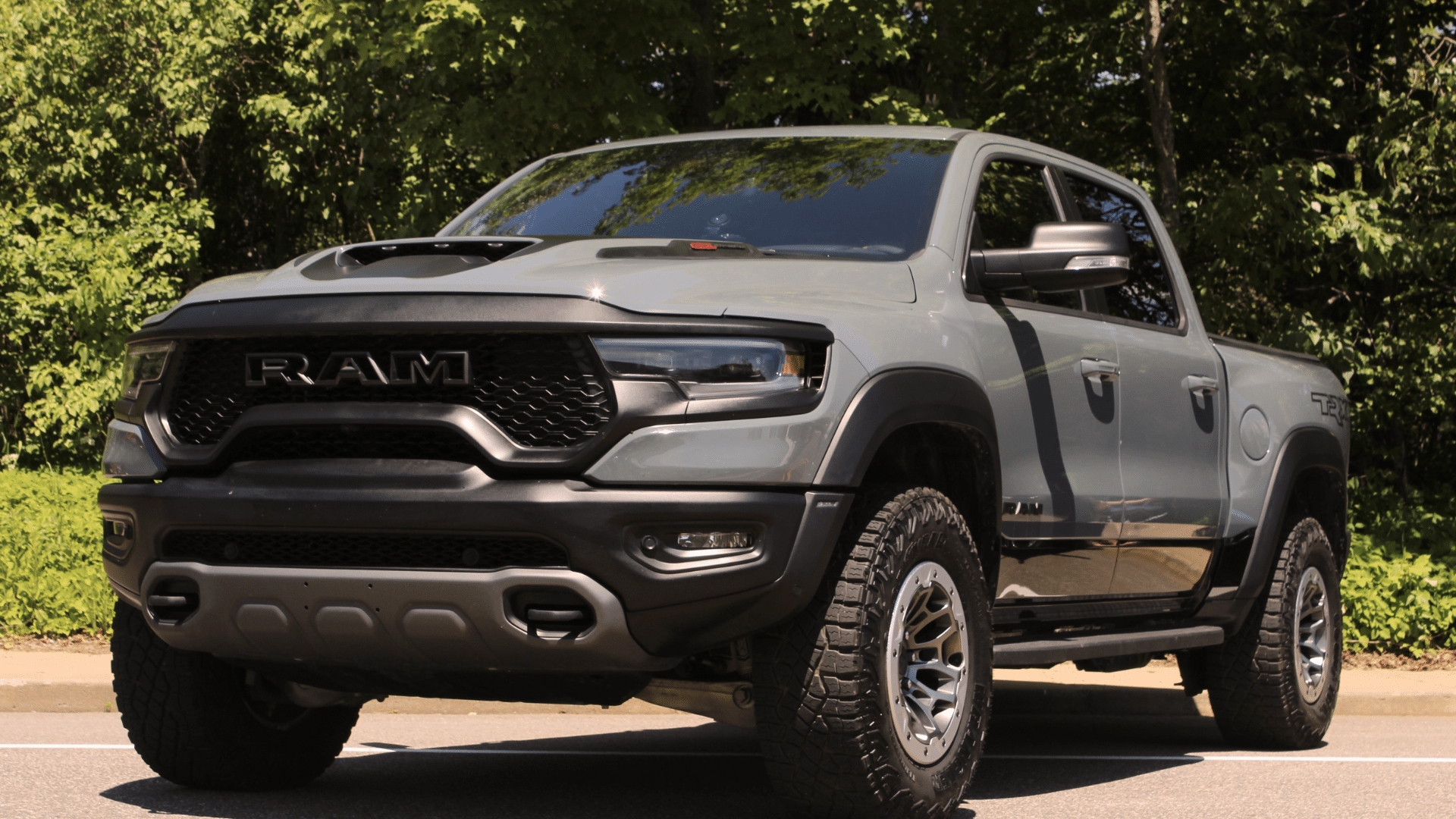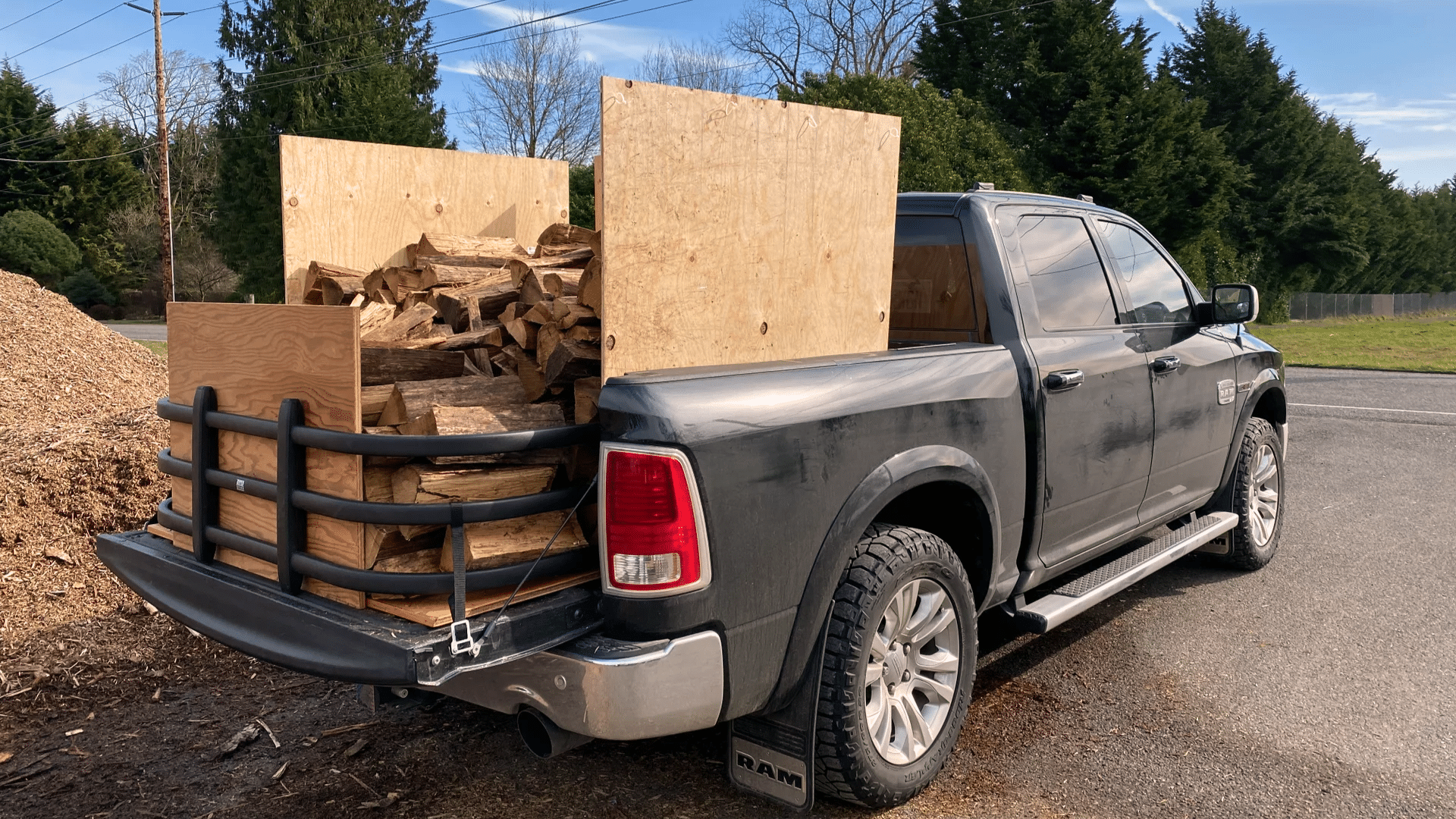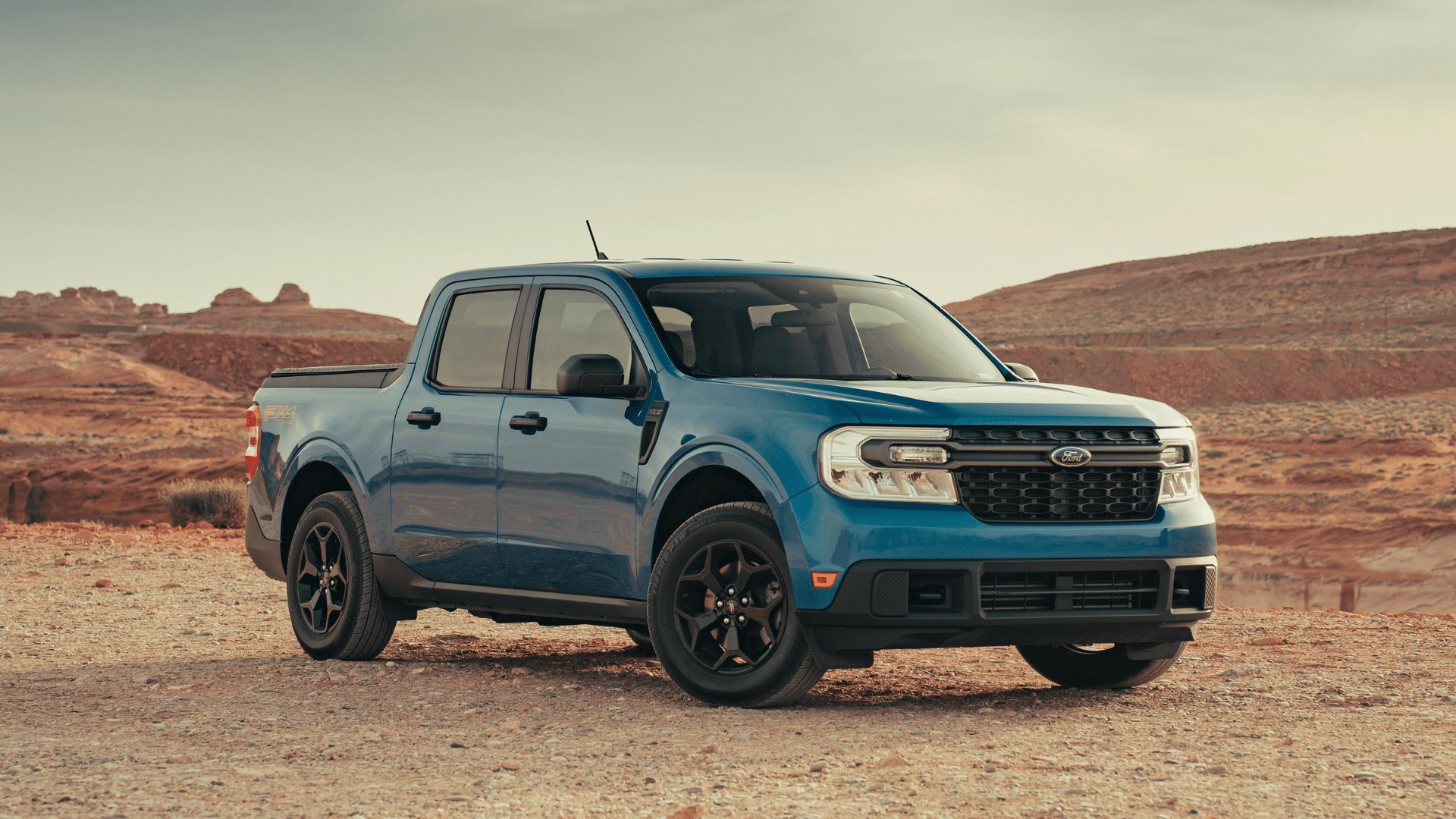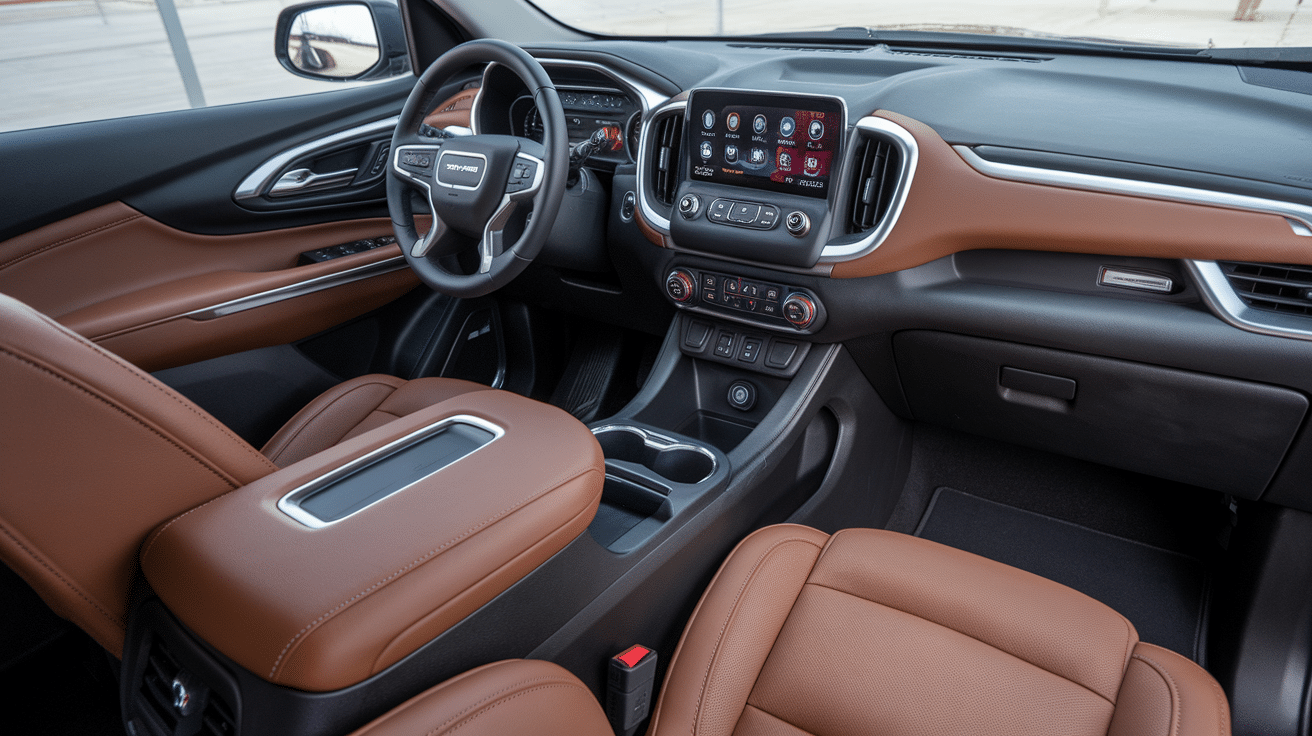If you’re considering buying a RAM 1500 or already have one, you might be wondering how much it weighs.
Knowing your truck’s weight matters, especially if you’re towing trailers, hauling heavy loads, or just checking fuel efficiency.
In this article, I’ll explain clearly how much a RAM 1500 weighs. You’ll learn:
- The average weight of different RAM 1500 models.
- Differences between trim levels and engine types.
- How do added features or equipment impact overall weight?
Having this information helps you choose the right model for your needs. It also ensures you’re driving safely and staying within towing limits.
You’ll also feel more confident about towing capacity and safety. Let’s start by breaking down what determines a RAM 1500’s weight.
Why Knowing a RAM 1500 Weight Matters?
Truck weight isn’t just technical info; it plays a big role in how safely and efficiently your RAM 1500 performs.
Towing a camper, hauling tools, or heading out on a road trip all require knowing your truck’s weight limits.
It helps you avoid issues like brake failure, tire blowouts, and extra fuel costs.
I learned this the hard way when hauling heavy equipment; getting the weight wrong can cause real trouble.
Your RAM 1500’s weight ratings tell you exactly how much you can safely carry or tow, keeping your drives safer and your truck in good shape.
How Much Does a RAM 1500 Weigh?

When I first started looking into truck weights, I was surprised at how much they can vary. The RAM 1500 doesn’t have just one set weight; it changes based on the trim level, cab style, and other features you pick.
Trim-By-Trim Weight Breakdown
Let’s break down the ballpark weights for popular RAM 1500 trims:
- Tradesman: 4,700–4,900 lbs
- Big Horn: 4,800–5,100 lbs
- Laramie: 5,000–5,300 lbs
- Rebel: 5,100–5,400 lbs
- Limited: 5,300–5,700 lbs
Your truck’s weight impacts everything from how much you can tow to your fuel economy.
A lighter truck might squeeze out better gas mileage, while a heavier one could feel more stable on rough roads.
Don’t get hung up on the numbers. Your RAM 1500’s weight is just one piece of the puzzle.
It’s about how you use the truck, whether you’re hauling construction gear, towing a boat, or just cruising down the highway.
Pro tip: If you’re driving a Limited with a HEMI engine, expect to be on the heavier side of those numbers. The engine and fancy features add some serious weight.
RAM 1500 Weight: Two Wheel Door vs Four Wheel Door
When I first compared 2WD and 4WD trucks, the weight difference surprised me. It’s not just about extra wheels, we’re talking real performance changes.
2WD: The Lighter Option
Two-wheel drive models are usually the lighter option in the RAM 1500 lineup. On average, they weigh around 100–200 pounds less than the 4WD versions.
If you mostly drive on highways or paved roads, 2WD can offer a few benefits:
- Slightly better fuel mileage
- Easier handling and steering
- Lower purchase price
4WD: Built for Adventure
Four-wheel drive trucks include extra parts like a transfer case, an additional driveshaft, and stronger components. These features add about 200–300 pounds to the total weight.
The trade-off is that you get better traction and off-road performance.
- Mostly drive in the city with clear roads? 2WD could be a better fit.
- Deal with snow, rough roads, or go off-road on weekends? 4WD is the way to go.
The weight difference isn’t just a number. It’s about matching your truck to your lifestyle. Some drivers love the extra traction. Others prefer the lighter feel of 2WD.
Pro tip: Your driving environment matters more than the weight difference. Choose what fits your daily needs.
Dimensions of a RAM 1500

When I walked around a RAM 1500, I realized trucks are more than just big metal boxes. Size and weight go hand in hand, and every inch counts.
Your typical RAM 1500 runs about:
- Length: 232-245 inches
- Width: 79-82 inches
- Height: 75-77 inches
These numbers aren’t just random digits. They impact everything from parking challenges to garage fit. Bed length can vary:
- Short Box: Around 5’7″
- Standard Box: About 6’4″
- Long Box: Roughly 8′
Longer beds mean more weight. That extra length adds pounds and changes how your truck handles. Crew cab or quad cab? Each choice impacts weight:
- Crew Cab: More interior space, slightly heavier
- Quad Cab: Compact, lighter option
Every extra inch and pound matters. Tight city parking? A smaller configuration might save you stress. Weekend warrior needing maximum hauling? Go big.
Weight Differences Across Model Years
RAM 1500 trucks have changed over the years; they’re built with better materials and smarter designs to manage weight more efficiently.
| Model Years | Key Weight Changes | Material Shifts | Average Weight Impact |
|---|---|---|---|
| 2009-2012 | All-Steel Construction | Heavy steel frames | 5,300-5,700 lbs |
| 2013-2016 | Aluminum hood introduced | Mixed materials | 5,100-5,500 lbs |
| 2017-2019 | Significant weight reduction | Aluminum body panels | 4,900-5,300 lbs |
| 2020-2023 | Lightweight engineering | High-strength steel, aluminum | 4,700-5,200 lbs |
Interesting twist: Newer doesn’t always mean lighter. RAM engineers play a constant game of balancing strength and weight.
Why Weight Changes Matter?
Lighter doesn’t mean weaker. Modern trucks use smart materials that provide:
- Better fuel efficiency
- Increased payload capacity
- Improved overall performance
Pro tip: If you’re comparing trucks, don’t just look at the year. Check the specific model and configuration.
Each model year tells a story of engineering innovation. RAM keeps finding clever ways to make trucks stronger without adding unnecessary pounds.
Curb Weight vs Gross Vehicle Weight Rating: What’s the Difference?
Weight terms can feel confusing at first, but I’ll break them down so they’re easy to understand.
| Weight Term | Definition | What It Really Means | Example for RAM 1500 |
|---|---|---|---|
| Curb Weight | Truck’s weight with no passengers or cargo | How much does the truck weigh when it rolls off the lot | 5,200 lbs |
| GVWR | Maximum safe weight including truck, passengers, and cargo | Your truck’s total weight capacity | 7,100 lbs |
| Payload Capacity | The weight you can actually add to the truck | Stuff you can load without breaking anything | 1,900 lbs |
Let’s say your RAM 1500 weighs 5,200 lbs empty. Its GVWR is 7,100 lbs. That means you can load up to 1,900 lbs of:
- Passengers
- Tools
- Construction materials
- Camping gear
Why This Matters? Ignore these numbers at your own risk. Overloading can:
- Damage your suspension
- Reduce brake effectiveness
- Void your warranty
Pro tip: Always check your specific truck’s manual. Numbers vary by trim and configuration.
Why RAM 1500 Weight Affects Towing and Performance?

Truck weight might seem like a boring number, but it’s actually the secret to better performance. Every pound makes a bigger difference than you’d expect.
Towing Capacity
Weight directly impacts how much you can pull. Let’s break it down:
- Lighter RAM 1500: Might tow around 6,500 lbs
- Heavier RAM 1500 with upgraded package: Can pull up to 12,750 lbs
The difference? Engineered weight and strength.
Performance Trade-Offs
Heavier trucks have interesting quirks:
- Smoother ride on highways
- More stable during high-speed driving
- Potentially better handling with heavy loads
Lighter trucks offer:
- Quicker acceleration
- Better fuel efficiency
- More nimble in tight spaces
Payload Perspective
Think of payload like a budget. Heavier trucks might have:
- More robust suspension
- Higher payload capacity
- Better overall durability
Conclusion
Understanding the weight of your RAM 1500 helps you drive safely and efficiently.
In this article, I covered how different trims, engines, and equipment affect your truck’s overall weight.
You now know how to choose the right RAM 1500 based on how heavy it is and what tasks you plan to do.
Paying attention to weight ensures you stay within towing limits and get better fuel efficiency. It also helps keep your family and cargo safe.
Knowing exactly how heavy your truck is makes daily driving and special trips easier to manage. If you ever modify your RAM 1500, remember to check if the changes add extra weight.
That way, you avoid overloading. I hope this clear explanation makes choosing or using your RAM 1500 simpler.
Still have questions? Let me know in the comments!








